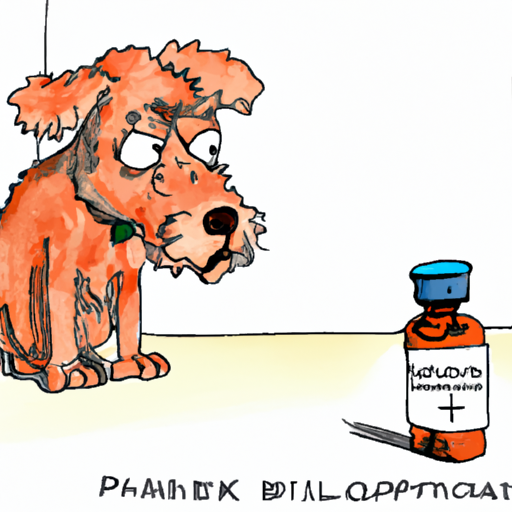As a caregiver, you are likely familiar with the need to provide the best care possible for your furry friend. When your pet is diagnosed with a health issue, it’s crucial to understand the treatments available. One such treatment, especially for dogs suffering from seizures, is Phenobarbital. This article will delve into what Phenobarbital is, its use, side-effects, dosage, and alternatives.
Table of Contents
- Understanding Phenobarbital
- Benefits and Uses
- Dosage
- Side Effects
- Phenobarbital Alternatives
- Frequently Asked Questions
Key Takeaways:
- Phenobarbital is a long-acting barbiturate often used to control seizures in dogs.
- While effective, Phenobarbital carries potential side effects that caregivers must watch for.
- The dosage of Phenobarbital is crucial and must be administered as prescribed by the vet.
- There are alternatives to Phenobarbital for dogs that may be safer in certain situations.
- Regular monitoring of your pet’s health and consultation with the vet is essential while administering Phenobarbital.
Understanding Phenobarbital
Phenobarbital is a long-acting barbiturate typically used as an anticonvulsant to control seizures in dogs and other pets. It affects the GABA receptors in your dog’s brain, which helps to slow down the activity of nerve cells and reduce the chances of a seizure. In addition to its primary use as an antiepileptic, it’s sometimes utilized for its sedative properties in behaviorally challenging pets.
To further understand the mechanism of Phenobarbital and the conditions it treats, visit this link.
Benefits and Uses
Phenobarbital is an effective medication and often the first choice for treating seizures and epilepsy in dogs. It can significantly reduce the frequency and severity of your pet’s seizures, improving their quality of life. In behaviourally challenging dogs, it can help to reduce anxiety and aggressive tendencies.
Dosage
Administering the correct dosage of Phenobarbital is crucial. It is typically given orally, twice a day, and the dosage will depend on your dog’s weight, overall health, and the severity of the seizures. It’s crucial to follow your vet’s prescription and not alter the dosage or stop the medication abruptly without consulting with your vet.
For more detailed information on how to administer Phenobarbital to your dog, check out this article.
Side Effects
While Phenobarbital can be beneficial, it also carries potential side effects. Initial side effects can include sedation, ataxia (lack of coordination), and increased appetite and thirst. Long-term use can lead to liver damage, bone marrow suppression, and changes in blood cell counts.
Here’s a brief table showcasing possible side effects:
| Initial Side Effects | Long-Term Side Effects |
|---|---|
| Sedation | Liver Damage |
| Ataxia | Bone Marrow Suppression |
| Increased Appetite | Changes in Blood Cell Counts |
Phenobarbital Alternatives
While Phenobarbital is often effective, it may not suit every dog. In cases where Phenobarbital is not well-tolerated, or if it’s ineffective, vets may turn to alternatives such as Potassium Bromide or Levetiracetam. Consider this guide for more information on alternatives.
Frequently Asked Questions
- Is Phenobarbital safe for my dog?
-
Phenobarbital is generally safe for dogs but, like all medications, it does carry some risks and potential side effects.
-
How long does it take for Phenobarbital to work?
-
Phenobarbital typically starts working within a few hours, but it might take several days to reach a steady level in the blood.
-
Can my dog overdose on Phenobarbital?
- Yes, it’s possible. Always follow the prescribed dosage and monitor your dog for signs of an overdose, which can include severe sedation, difficulty breathing, and loss of coordination.
Remember, while Phenobarbital can be a life-saving medication, it’s essential to have regular check-ups with your vet and to monitor your pet’s health closely. For more information on dog health and treatments, check out these articles on understanding your dog’s health, dog diseases and conditions, and how to care for an older dog.



